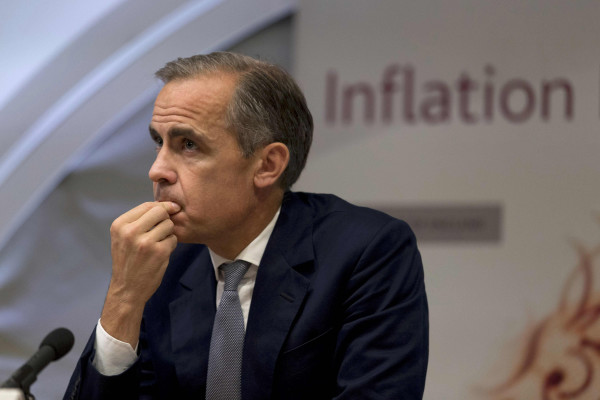
Article 3 / 9
Autumn Investment Monitor - September 2016Easing the ride in turbulent markets

The prospects for savers remain bleak, despite the first increase in US interest rates in nearly a decade. With the recent cut in UK rates and experiments in monetary policy easing, investors are being coerced into taking on more risk.
In the short term at least, this has had the desired effect. In equity markets, the FTSE 100 index has come within a whisker of the 7,000 mark, while the S&P 500 index has continued to reach new highs. But bond markets have also soared, pushing yields to record lows – the idea that bonds and stocks move in opposite directions is looking like a fallacy.
Apart from understandable concerns about valuations, the current investment environment is challenging for anyone looking to diversify their portfolio. Investors want new sources of return and many alternative assets have grown so much in popularity they are already heading towards the mainstream – real estate, hedge funds and private equity have all grown in popularity in recent years.
More esoteric areas, which were previously considered the domain of a narrow band of investment experts, are being deemed worthy of consideration. The main attraction of these assets is they provide a different return stream to both traditional asset classes and those that have been considered alternatives.
Investors who require stable streams of cash returns, which are increasingly hard to find in traditional fixed income markets, are looking towards infrastructure investments. The infrastructure of the renewable energy industry is very interesting. It includes producers of renewable energy such as wind and solar farms, hydroelectric, biomass facilities, and wave and tidal technologies. Construction of more infrastructure in these fields and the continued operation of existing assets are crucial to the UK’s ability to produce enough renewable energy.
On its own, state funding does not provide enough capital to build and sustain such undertakings – private funding must make up the shortfall. When building wind farms, investments are usually made by utility companies, while solar power facilities are often funded by private developers. Neither are natural long-term owners of the finished product, however, and this is where closed-ended renewable infrastructure funds come in. A number of funds have been set up to buy wind and solar farms and are now providing relatively attractive returns, with dividends often in excess of 6 per cent.



